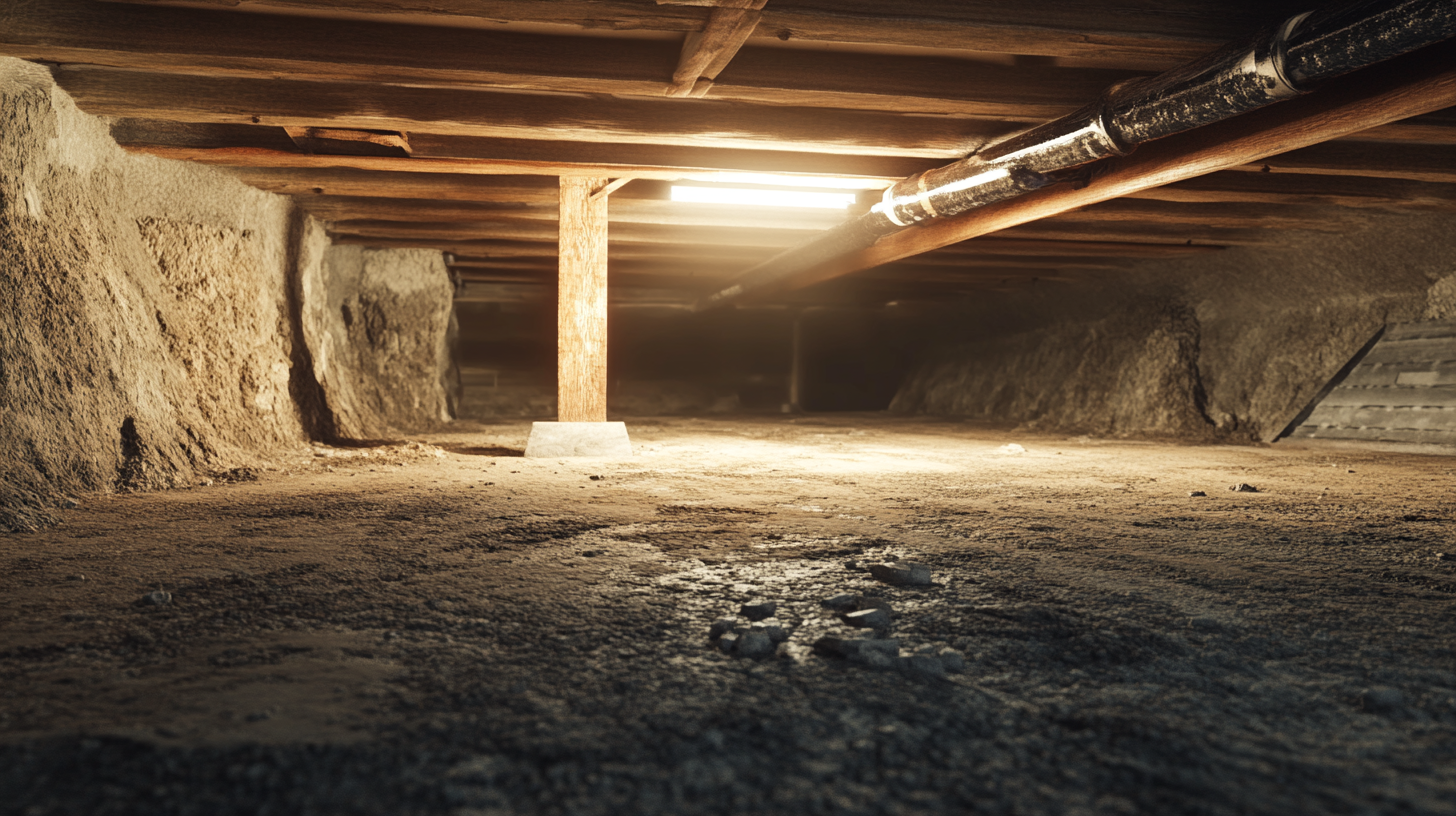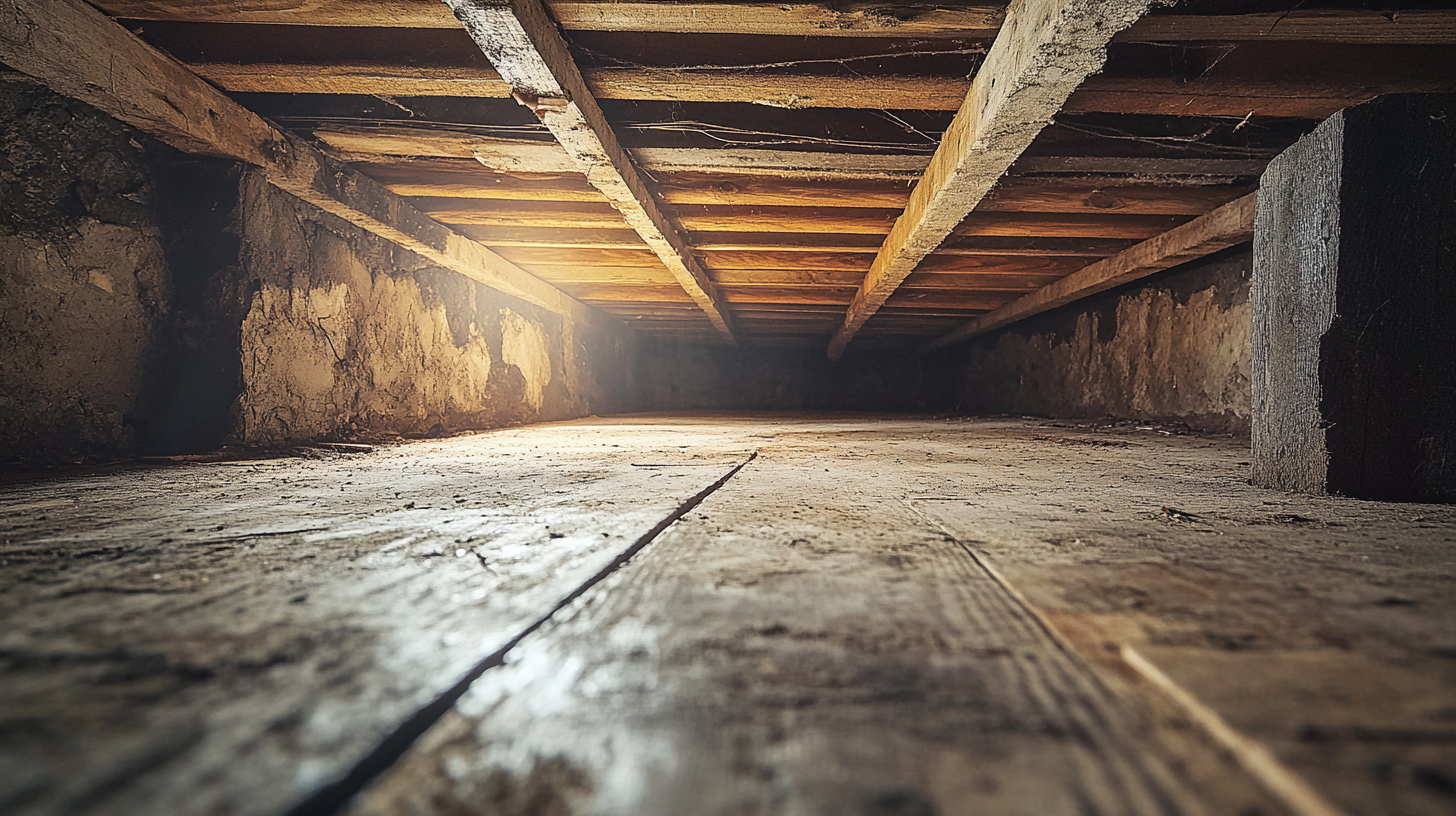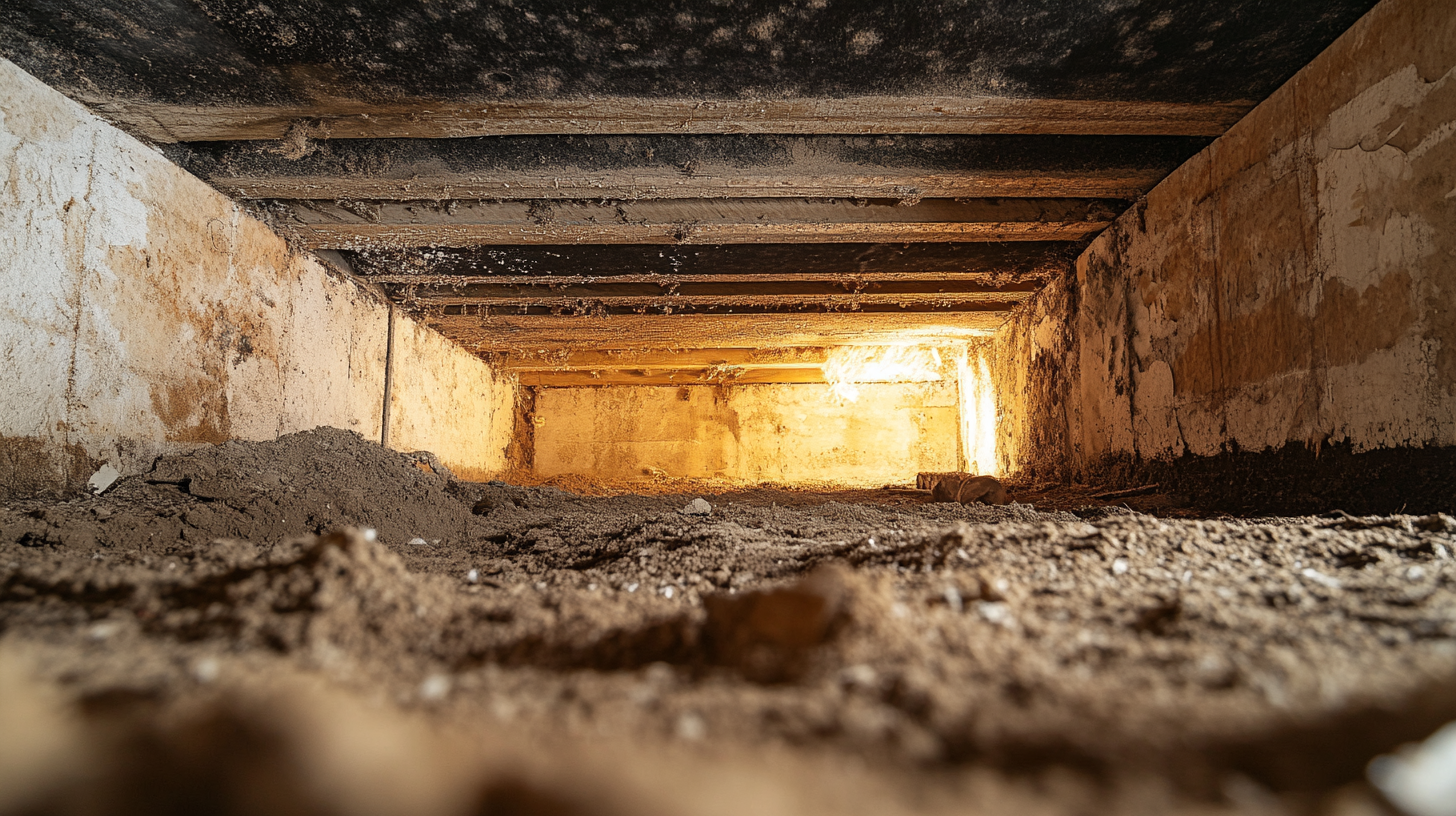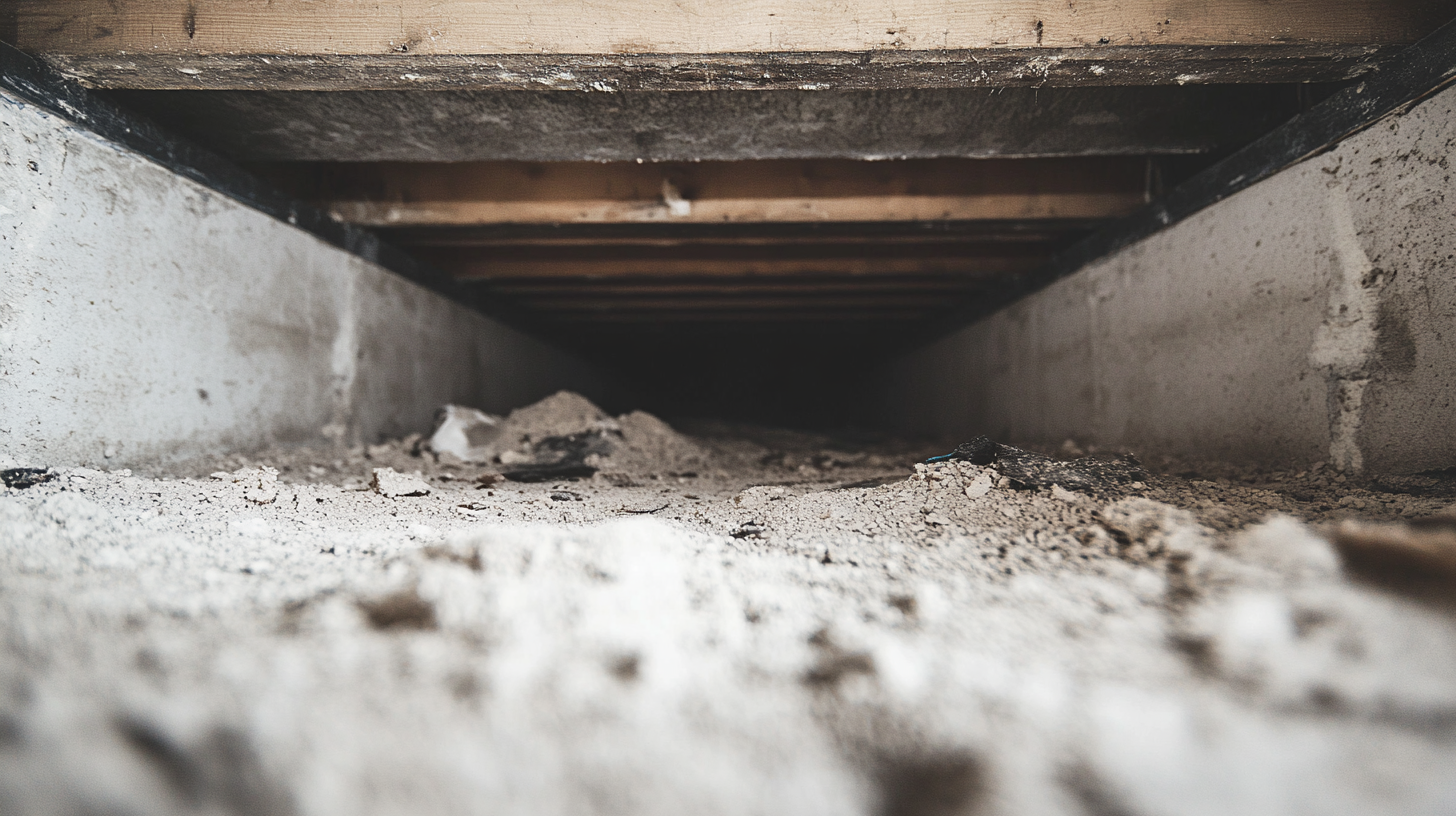Sealing and Reinforcing Concrete: Essential Repair Methods

Concrete structures are the backbone of modern infrastructure, providing stability and resilience to buildings, bridges, and other essential frameworks that support daily life. However, their longevity and performance are not guaranteed without proper care. Maintaining concrete structures is not just about aesthetics or routine upkeep—it is a vital practice to ensure their durability and safety.
Concrete, while robust, is not impervious to environmental stressors, wear and tear, or the passage of time. Factors like weather extremes, chemical exposure, and mechanical load can compromise its structural integrity. Left unchecked, small issues such as surface cracks can escalate into significant hazards, leading to costly repairs, reduced functionality, and even potential safety risks.
This blog delves into the importance of maintaining concrete structures, emphasizing how regular inspections, timely repairs, and preventative measures play a pivotal role in extending their lifespan and safeguarding public safety. By understanding the key principles and proactive strategies of concrete maintenance, individuals and organizations can preserve the strength and reliability of their structures for generations to come.
Understanding the Need for Concrete Repair
Concrete structures, while renowned for their strength and versatility, are not immune to deterioration. Over time, exposure to environmental factors, wear and tear, and inherent material properties can lead to various forms of damage. Recognizing the signs of distress and addressing them promptly is essential to maintaining the safety, functionality, and longevity of these structures.
Common Issues with Concrete
Concrete degradation manifests in various forms, each with distinct causes and implications:
- Cracks: These are among the most common issues and can arise from shrinkage, structural stress, or exposure to fluctuating environmental conditions. Left unattended, cracks can expand and compromise the structural integrity.
- Spalling: Surface chipping or flaking, often resulting from freeze-thaw cycles or mechanical impact, affects the strength and appearance of concrete.
- Water Intrusion: When water penetrates concrete, it can lead to the corrosion of embedded steel reinforcement, weakening the entire structure over time.
- Weakening Over Time: Aging and prolonged wear gradually reduce a concrete structure’s load-bearing capacity, increasing the risk of failure.
Consequences of Unrepaired Concrete
Failing to address these issues in a timely manner can lead to significant consequences, both structurally and financially:
- Loss of Structural Integrity: Neglected concrete issues can weaken a structure's ability to perform its intended function, posing safety risks.
- Accelerated Degradation: Continuous exposure to moisture, chemicals, or harsh weather conditions can exacerbate damage, compounding repair challenges.
- Increased Repair Costs: Delays in addressing small defects can result in the need for extensive, more costly interventions in the future.
Benefits of Sealing and Reinforcement
Investing in concrete repair through sealing and reinforcement offers numerous advantages that go beyond simple damage control:
- Enhances Structural Stability and Longevity: Proper repairs restore strength, ensuring the structure remains safe and functional for years to come.
- Prevents Further Damage: Protective measures like sealing shield the concrete from environmental factors, mitigating risks of water intrusion, spalling, and other forms of deterioration.
- Improves Aesthetic Appeal and Functionality: Addressing surface defects and reinforcing the structure enhances both its visual appearance and usability, contributing to its overall value and performance.
By understanding the nature of concrete issues and the profound benefits of timely repair, stakeholders can take proactive steps to preserve their structures, ensuring durability, safety, and cost-effectiveness over time.
Methods for Sealing Concrete
Sealing concrete is a critical process for enhancing its durability, appearance, and resistance to environmental and structural challenges. Employing the right sealing methods not only protects the surface from damage but also prolongs the life of the structure by preventing deeper issues from arising. Here are the most effective methods for sealing concrete:
Surface Sealants
Surface sealants are widely used to protect concrete from wear and environmental factors. Different types of sealants cater to varying levels of protection:
- Types of Sealants:
- Acrylic Sealers: Ideal for general surface protection, these sealers form a thin, protective film that enhances the appearance and durability of the concrete.
- Epoxy or Polyurethane Sealers: These high-strength sealers offer superior protection against heavy traffic, chemicals, and extreme wear.
- Steps for Application:
- Clean the Surface: Remove all dirt, debris, grease, and other contaminants to ensure proper adhesion.
- Apply the Sealant: Use a roller or sprayer for an even application across the surface.
- Allow to Cure: Follow the product’s instructions for curing time to achieve maximum effectiveness.
- Benefits:
- Creates a waterproof barrier, protecting the surface from moisture and water damage.
- Shields against stains, chemical spills, and physical abrasion, extending the concrete's lifespan.
Crack Filling and Injection
Cracks in concrete can compromise structural integrity and lead to significant issues if not addressed. Crack filling and injection are targeted methods to restore and seal damaged areas:
- Process:
- For Small Cracks: Use flexible caulk or concrete filler to fill and seal the gaps.
- For Structural Cracks: Inject epoxy or polyurethane foam to bond the concrete and restore its strength.
- Benefits:
- Prevents water ingress, which can lead to further damage, such as corrosion of embedded steel reinforcement.
- Reinforces the structure, reducing the risk of further cracking or failure.
Penetrating Sealers
Penetrating sealers go beyond surface protection by penetrating deep into the concrete, creating a long-lasting barrier from within:
- Features:
- Products like siliconate or silicate-based sealers chemically react with the concrete, forming a protective layer inside.
- Ideal for environments prone to freeze-thaw cycles or chemical exposure.
- Application:
- Apply the sealer to clean, dry concrete to ensure maximum absorption and effectiveness.
- Allow the sealer to permeate and cure within the concrete.
- Benefits:
- Provides long-lasting protection by creating a durable, internal shield against water and chemicals.
- Ideal for high-moisture or harsh environmental conditions, such as those with frequent freeze-thaw cycles.
By selecting the appropriate method and materials for sealing concrete, you can protect structures from environmental damage, enhance their appearance, and ensure their long-term functionality. Proper application of sealants not only safeguards against immediate issues but also helps to prevent costly repairs and extend the life of the concrete structure.
Reinforcing Concrete
Reinforcing concrete is an essential practice to ensure its strength, stability, and durability in demanding applications. By incorporating modern reinforcement techniques, concrete structures can withstand higher stresses, reduce cracking, and maintain their integrity over time. Here are the key methods for reinforcing concrete:
Adding Fiber Reinforcement
Fiber reinforcement is a versatile method that enhances concrete’s tensile strength and crack resistance by integrating fibers directly into the material.
- Types of Fibers:
- Glass Fibers: Provide strength and resistance to environmental degradation.
- Steel Fibers: Ideal for heavy-duty applications where high tensile strength is required.
- Synthetic Fibers: Lightweight and durable, these fibers improve flexibility and reduce shrinkage cracks.
- Application:
- Mixing: Fibers are added directly into the concrete mix during batching to ensure even distribution.
- Overlay: For existing concrete, fiber-reinforced overlays can be applied to improve surface durability.
- Benefits:
- Increases tensile strength, making the concrete more resilient to cracking and stress.
- Enhances durability, especially in high-stress areas like industrial floors, bridges, and pavements.
Steel Rebar or Mesh Reinforcement
Steel reinforcement is a classic yet highly effective method for fortifying concrete structures, particularly in load-bearing applications.
- Uses:
- Widely employed in projects requiring robust support, such as foundations, columns, and beams.
- Installation:
- Embedding: Rebar or steel mesh is embedded within the concrete pour to strengthen the structure from within.
- Positioning: Spacers are used to maintain correct placement, ensuring optimal performance.
- Benefits:
- Enhances load distribution, preventing stress concentrations that could lead to failure.
- Reduces the likelihood of structural collapse under heavy loads or extreme conditions.
Carbon Fiber Wrapping
Carbon fiber wrapping is an advanced reinforcement method that combines lightweight materials with exceptional strength to reinforce existing concrete structures.
- Process:
- Surface Preparation: Clean and prepare the concrete surface for optimal adhesion.
- Application: Apply an epoxy adhesive to the concrete surface.
- Wrapping: Wrap the surface with carbon fiber sheets, ensuring complete coverage.
- Curing: Allow the epoxy to cure, forming a strong, lightweight bond.
- Benefits:
- Provides unparalleled strength without adding significant weight to the structure.
- Has minimal impact on the overall dimensions, making it ideal for retrofitting and reinforcing existing structures.
By leveraging these reinforcement techniques, concrete structures can meet the demands of modern construction, providing enhanced performance and longevity. Each method offers unique benefits, and selecting the right approach depends on the specific requirements of the project, whether it’s mitigating cracking, supporting heavy loads, or retrofitting existing structures with minimal disruption.
Advanced Techniques for Long-Term Durability
Modern advancements in concrete technology offer innovative solutions to enhance the durability and lifespan of concrete structures. These advanced techniques not only address common vulnerabilities but also significantly reduce maintenance needs, making them ideal for long-term applications. Here are the most effective advanced methods:
Self-Healing Concrete
Self-healing concrete represents a revolutionary approach to mitigating damage and prolonging the life of structures.
- How It Works:
- Embedded capsules or bacteria within the concrete release healing agents, such as calcium carbonate or bonding polymers, when cracks form.
- These agents react with water and air to fill cracks, restoring the integrity of the concrete automatically.
- Applications:
- Particularly useful for hard-to-access structures like underground tunnels, bridges, and marine installations, where regular maintenance is challenging.
- Benefits:
- Reduces the need for costly repairs and maintenance.
- Extends the structural lifespan by proactively addressing minor damages before they escalate.
Protective Coatings
Applying protective coatings to concrete is an effective way to shield it from environmental and chemical damage.
- Types of Coatings:
- UV-Resistant Coatings: Protect against sun-induced degradation and discoloration.
- Anti-Corrosion Coatings: Shield reinforced steel within the concrete from moisture and chemical exposure, preventing corrosion.
- Applications:
- Ideal for structures exposed to harsh environments, such as coastal areas, industrial facilities, or areas with extreme weather conditions.
- Benefits:
- Enhances resistance to wear, chemical exposure, and environmental stressors.
- Improves the aesthetic appeal and longevity of the concrete.
Grouting and Underpinning
Grouting and underpinning are specialized techniques for stabilizing and reinforcing existing concrete structures.
- Methods:
- Pressure Grouting: Involves injecting grout under concrete slabs to fill voids, stabilize the structure, and prevent further settlement.
- Underpinning: Strengthens and stabilizes foundations by extending their depth or breadth, often through the use of concrete piers or additional supports.
- Applications:
- Commonly used to address weak or sinking concrete slabs, stabilize foundations, or reinforce infrastructure in unstable soils.
- Benefits:
- Restores the stability and functionality of compromised concrete.
- Prevents further damage and ensures the structure can safely bear its intended load.
By incorporating these advanced techniques, concrete structures can achieve unparalleled durability and resilience. Whether through self-healing properties, protective coatings, or structural stabilization, these methods help address current challenges and anticipate future demands, ensuring the longevity and safety of critical infrastructure.
Preventive Maintenance Tips
Preventive maintenance is key to ensuring the durability, safety, and functionality of concrete structures. By adopting proactive measures, you can minimize the risk of costly repairs and extend the lifespan of your concrete. Here are essential tips for preventive maintenance:
Regular Inspections
Routine inspections are the foundation of a strong maintenance strategy. They help identify and address issues early, preventing small problems from developing into significant structural concerns.
- What to Look For:
- Cracks: Even small fissures can allow water ingress, leading to further damage over time.
- Spalling: Surface chipping or flaking that may indicate deeper structural issues.
- Discoloration: Stains or changes in color could signal water intrusion or chemical exposure.
- Why It Matters:
- Early detection of issues ensures that minor problems can be addressed quickly and cost-effectively.
- Regular inspections contribute to the overall safety and longevity of the structure.
Proper Drainage
Water is one of the most significant threats to concrete integrity. Implementing effective drainage systems can protect concrete surfaces from water damage and erosion.
- Tips for Effective Drainage:
- Redirect water away from concrete surfaces by grading the surrounding landscape appropriately.
- Install drainage systems, such as gutters or French drains, to prevent water pooling around foundations or flat surfaces.
- Benefits:
- Reduces the risk of water infiltration, which can lead to cracking, spalling, and corrosion of embedded reinforcements.
- Helps maintain the structural integrity of the concrete in both residential and commercial applications.
Routine Cleaning
Keeping concrete surfaces clean not only enhances their appearance but also prevents long-term damage caused by dirt and debris.
- Best Practices:
- Regularly remove dirt, stains, and debris that can weaken the surface over time.
- Use mild cleaning agents that are compatible with existing sealants to avoid damaging protective layers.
- Why It’s Important:
- Prevents buildup of harmful substances that can degrade the concrete.
- Preserves the effectiveness of sealants, ensuring continued protection against environmental factors.
By following these preventive maintenance tips, you can protect your concrete structures from common forms of deterioration. Regular inspections, proper drainage, and routine cleaning are simple yet powerful strategies to ensure your concrete remains durable, safe, and visually appealing for years to come.
FAQs
Contact Fast Response Cleaning & Restoration Today!
Fast Response Cleaning & Restoration will do everything we can to ensure your experience with us is excellent.
Request A FREE Estimate
Request A FREE Estimate Form
CHECKOUT RECENT POST



Have an Emergency? We're Here to Help!
When it comes to disaster cleanup, we are a seasoned veteran in the industry and have helped hundreds of property owners just like you.
Our disaster recovery teams are available 24-7 to quickly clean up and repair disasters of all types.
